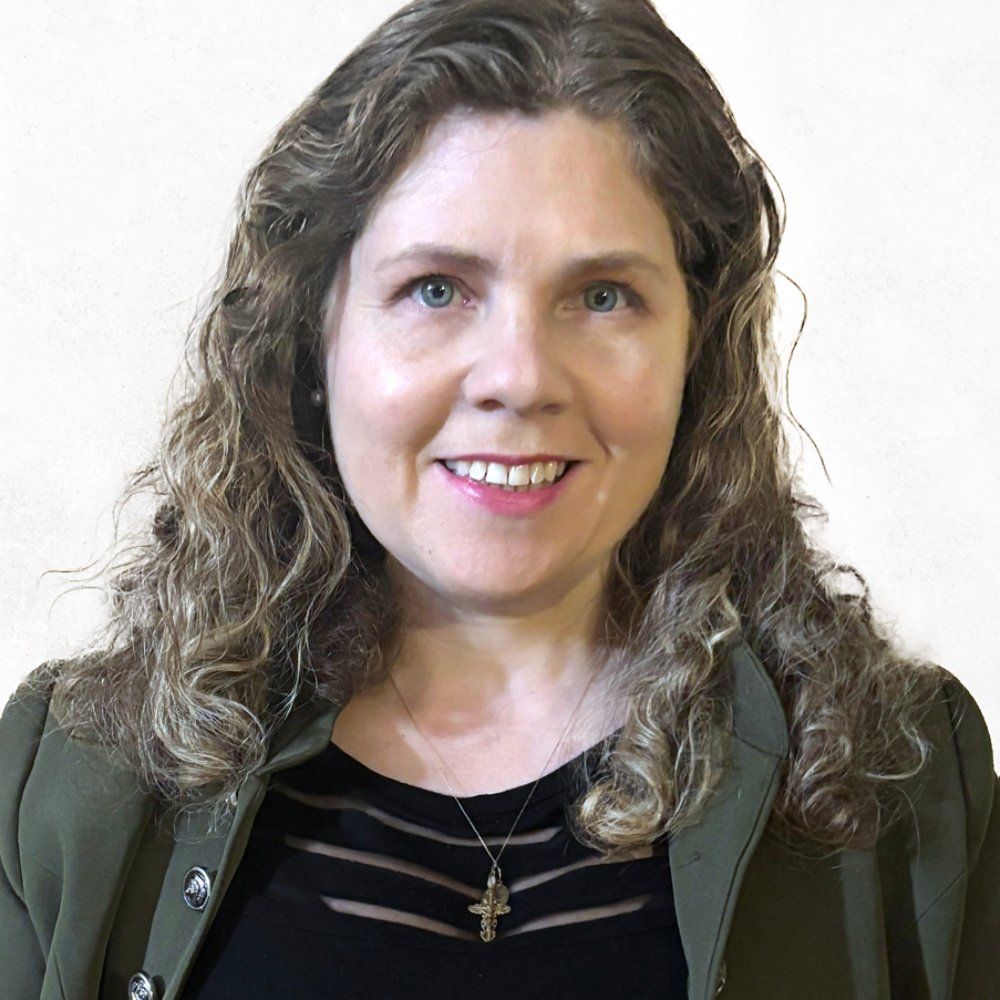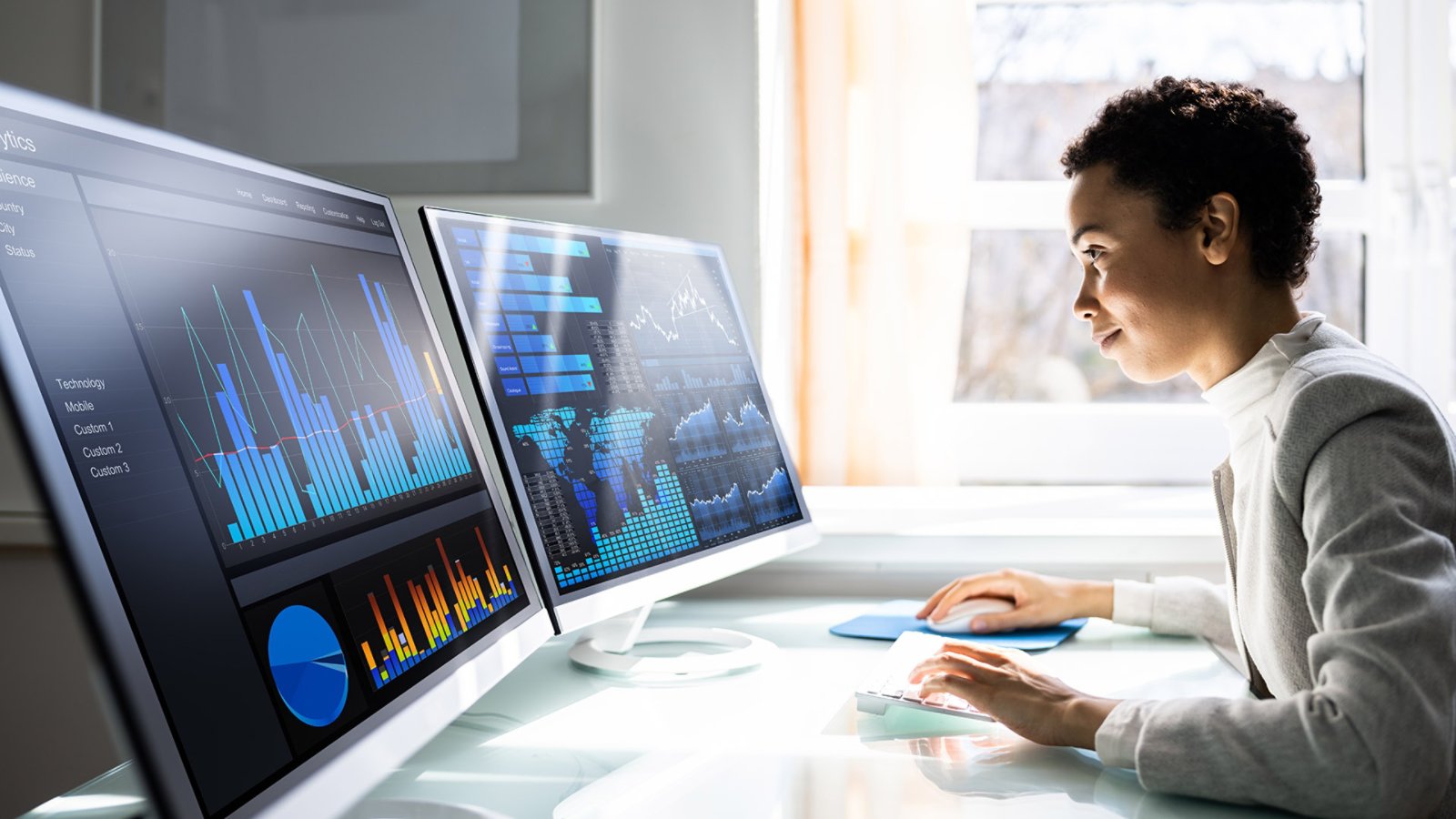With large volumes of product to ship and track on tight timelines, Dow employees need highly reliable tools. Computer issues that disrupt work could mean, for example, that sealants used to ensure structural integrity of runways at many international airports might not arrive in time for important maintenance.
As Director of CIO Services at Dow, Chris Anderson is responsible for anticipating and resolving IT disruptions. His team could not afford to operate exclusively within a reactive IT Service Management (ITSM), where tickets call IT professionals into action. Yet the team was seeing a large number of system crashes on Dow devices that they could only address one at a time, relying on system logs to troubleshoot.
Planning ahead, Chris engaged Kyndryl, his trusted partner, to collaborate on transforming the company's device management program end-to-end. The key objective was to improve device performance and reliability, so that line of business professionals could deliver more value across customer supply chains.
Improving digital experiences for users across lines of business
Chris knew that the ability to synthesize and mine existing large data volumes could bring better digital performance and reliability sooner to all the lines of business, personas and users.
In addition to making sure that the employees could be more productive and effective, Chris believed that the right approach could help employees and the business with decision-making. One way to support better decisions would be to marry qualitative and quantitative data to drive insights.
End-to-end device management with lifecycle data would help forecast, for example, how many systems would go out of warranty. And the shift in tools and approaches would also address a post-COVID ecosystem where employees might be working from home or the office.
A more strategic approach to device management and IT support
Together, Dow and Kyndryl first decided on a fundamental strategy shift from leasing to owning devices. Device ownership would be more cost-effective and best support the goal of allowing the Dow team to flexibly choose systems that fit the needs of their roles. Providing device choice would help Dow team members improve their performance, better deciding when to switch between devices and adding ways to facilitate and speed work.
Focused on preventing device issues, Chris and the team adopted Riverbed’s Aternity Digital Experience Management (DEM). This DEM tool provides holistic monitoring and integrates with the new asset tracking system, automatically maintaining data about a device through its lifecycle.
Importantly, the DEM system recommends device fixes, enabling users to preempt known issues on their devices in a few clicks by accepting the recommendations.
As part of that DEM improvement process, Chris relied on the Kyndryl Level 3 team to create automated software fixes that run in DEM. Developers stage the fixes in Microsoft® Azure®. Storing them in the cloud makes the fixes easily deployable to devices of Dow users worldwide.
Dow also uses the device monitoring data to assess progress against issues that show up on the annual employee survey.
With this platform, we’re able to see movements in the data—so the action can be correlated with survey results.
In a recent survey, Dow users had reported that specific applications were running slowly on their devices. Through the DEM platform, the Kyndryl Level 3 team identified and resolved a conflicting endpoint policy on the systems. The team quickly delivered higher performance to a large user group—all while maintaining security.
A broader ecosystem and optimization of the total digital journey
Dow is now better able to utilize its massive operations data. Looking at how to tie that to AI workflows and the broader ecosystem beyond endpoints is a next step, says Chris. That is part of optimizing the total digital journey of end users.
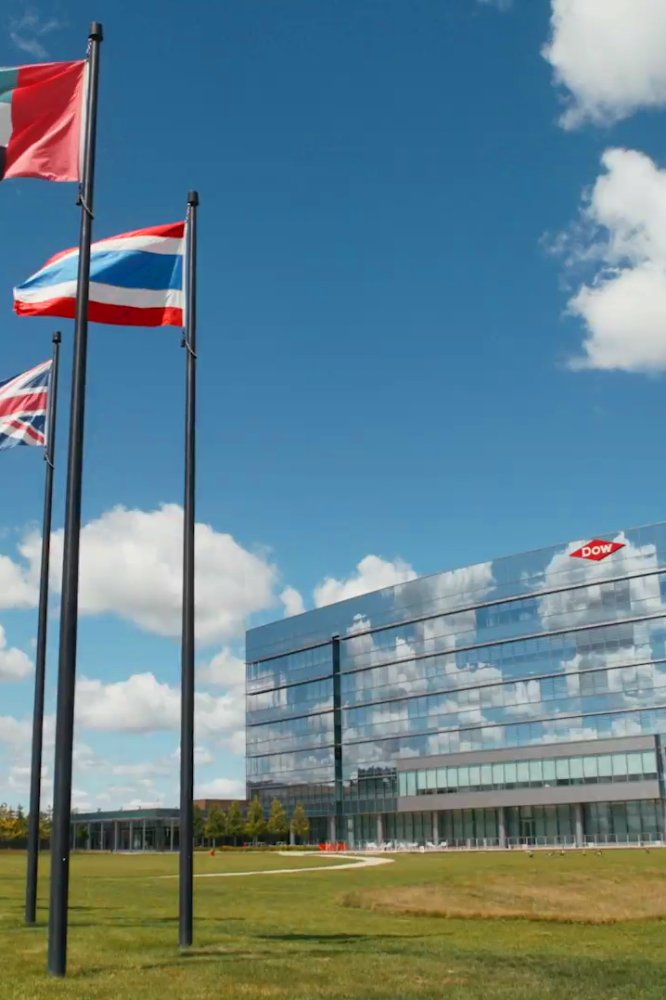
About Dow
Meet the team
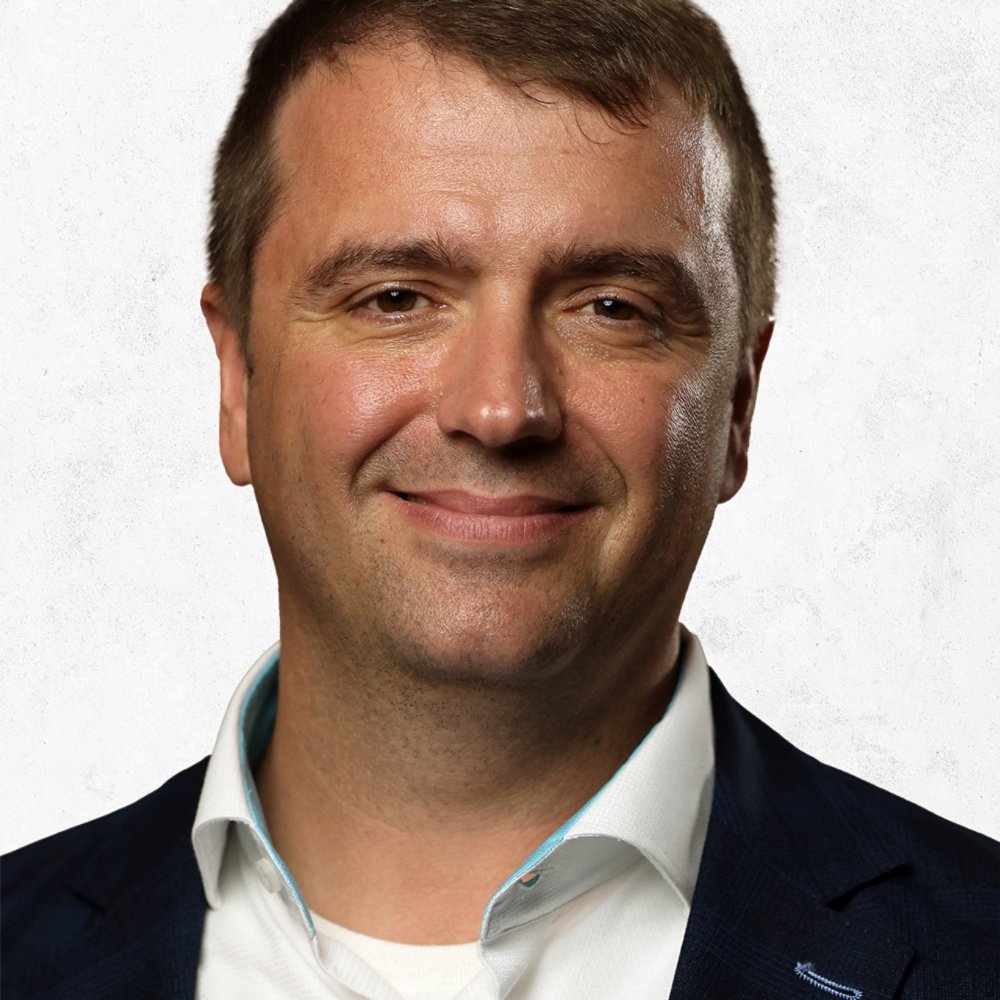
Chris Anderson
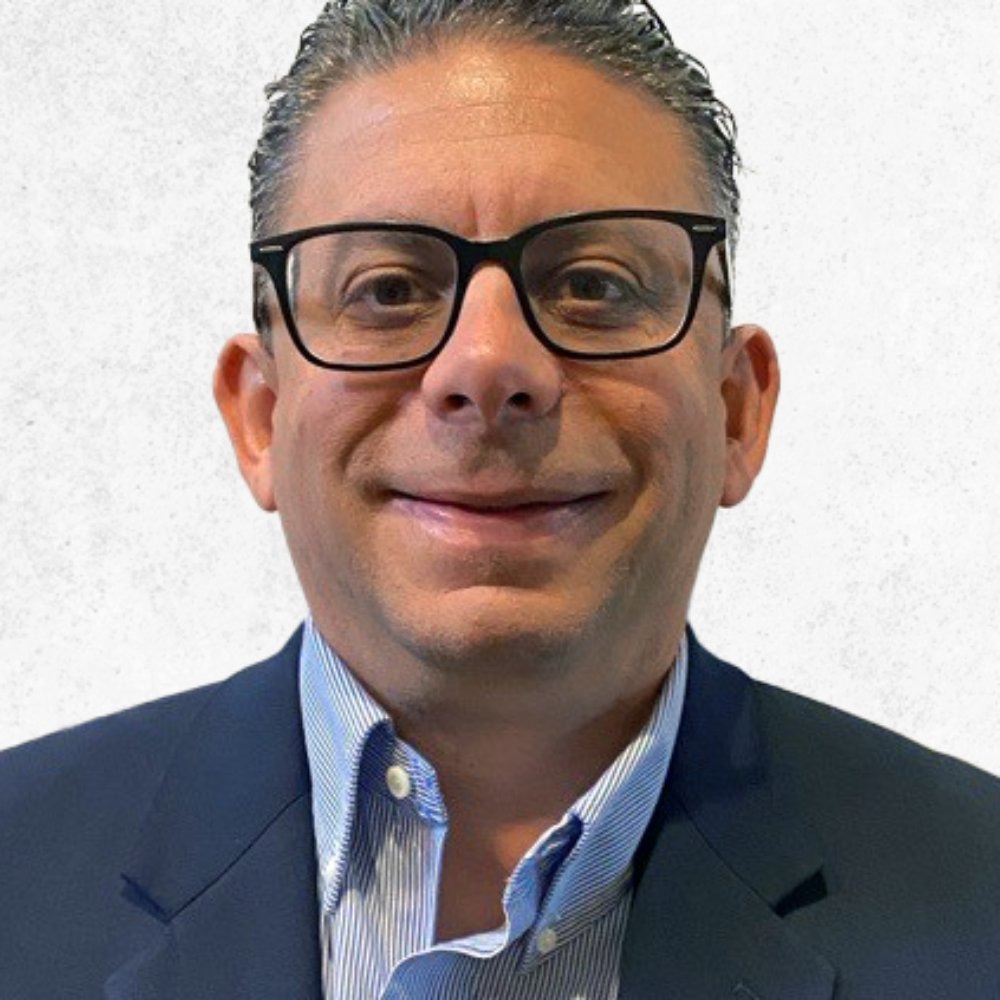
Anthony Minniti
